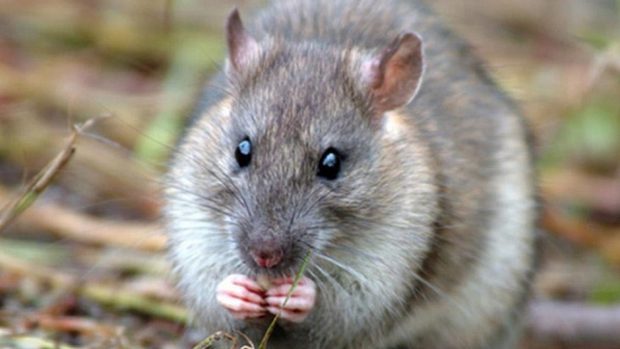More than 9,000 rats have been killed in the Western Isles as a by-product of a cull of non-native mink, it has emerged.
Until now, it was unknown that trappers are destroying rats in Scottish Natural Heritage’s (SNH) high-profile quest to rid the Outer Hebrides of thousands of harmful American mink.
Over the last decade, SNH has removed some 2,200 mink from Lewis, Harris and Uist in a timeline islanders claim coincides with expanding rat numbers as the predators are removed.
But the revelation the rat population is being suppressed by humanely destroying those captured in mink traps will surprise many.
David Maclennan, SNH’s Outer Hebrides’ manager, confirmed: “As part of the trapping for mink we also encounter and kill thousands of rats.”
Iain Macleod, manager for the cull, said: “Many thousands of rats – a minimum of 9,000 – have been caught in the traps.”
A primary school in Lewis was recently closed temporarily after rats got inside an infants’ playroom.
Even areas within Western Isles Council’s HQ in Stornoway have been affected by rats from a nearby field, according to a senior councillor.
SNH says rat populations are determined by availability of food – not the lack of mink.
Mr Maclennan said even at their “absolute height there were not enough mink to make a major impact on the rat population.”
Mink is an alien species to the Western Isles and were imported when fur farms were established in the 1960s.
Numbers of the escapees boomed and threatened the area’s biodiversity by eating nesting wader birds’ eggs and preying on local wildlife.
